This is an example of a note on the new Mere discount store in Preston from our retail by email service which offers weekly notes, imagery and observation from the UK retail market, sent directly to your email account. Keep ahead of the competition with our unique retail perspectives, thoughts and retail expertise.
Get retail by email and benefit from the insight and perspective from market leading perspective on retail.
Our sample content is below focusing on the first opening of Russian supermarket, Mere, in the UK.
Mere Discount, Preston – Key Takeaways
1) Mere will have a place in UK retail, given that there’s space to occupy and the brands are always keen to boost volumes, whatever the damage to their own business. Supply will be challenging in the early days but range will be fluid.
2) It’s austere retailing, very, very basic and even the scraped back Aldi and Lidl of pre recession were not as bleak as this.
3) It’s cheap though – one of the few places where a travel bag can be picked up for less than a 24pk of toilet roll.
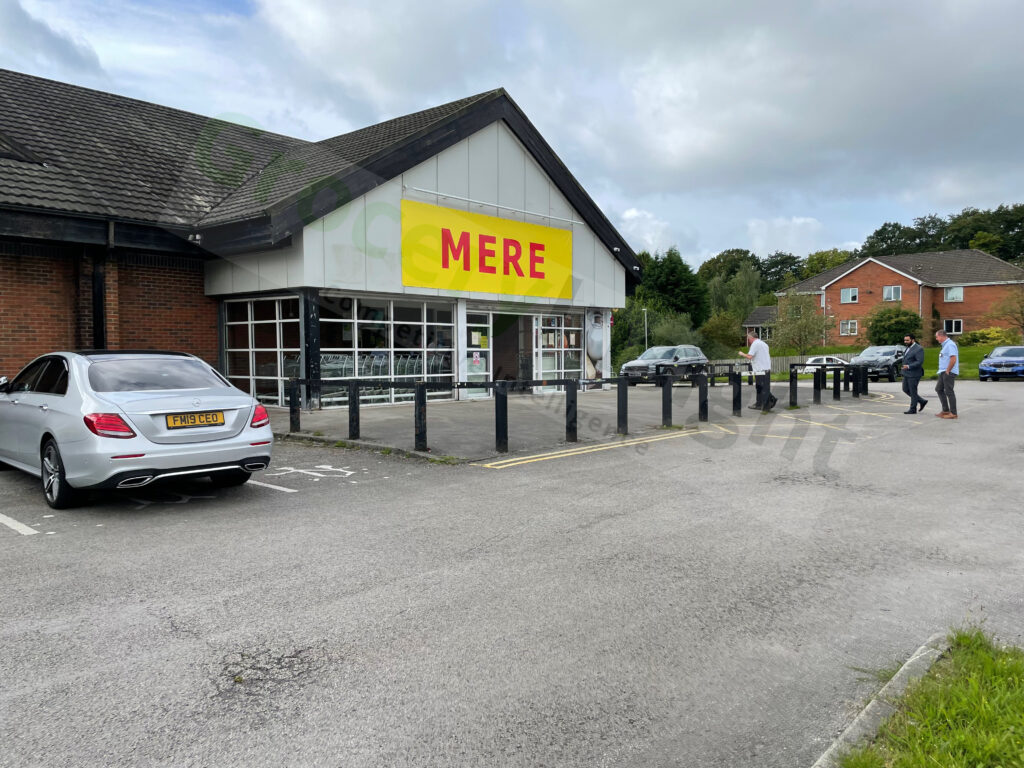
Mere – discount, the hard way.
Discounters have evolved a fair way from the original inception of Netto, Aldi and indeed, Lidl in the mid 90’s as a place you didn’t want to be seen shopping in.
At school, you would be bullied if you brought a Netto bag in, despite the fact they were always far stronger than the traditional supermarket ‘carrier’ beloved by all and sundry.
However fast forward to post recession and the discounters were the new force in town, customers held their paid for bags up with pride at just how much they were saving versus the main rivals.
The larger supermarkets grappled with a changing customer sentiment around EDLP, in front of their very own eyes, it saw Phil Clarke as his Tesco recovery ran aground as they demonstrated a scattergun approach to value, focusing on ‘down and staying down’ before abandoning that for short term deals and fuel vouchers.
Only Asda got a semblance of a grip on the issue but alas, timing was against them as the Walmart US recovery took hold and funds were needed to recover the chain on home turf, experienced executives left and this, in 2013, remains the closest anyone really got to Aldi and Lidl.
Morrisons embarked on fresh format at the wrong time and then value fell off a cliff, both in terms of deals and value alongside the perception of said value. David Potts has worked hard to recover the chain in this regard and Sainsbury’s, despite being stable and removing multibuys were still off the pace versus discount, but not as expensive versus their core rivals.
Dave Lewis and Tesco, with their longer term plan did get close and have gotten very close to Aldi, with reactionary tactics to the Aldi price match, seeing Aldi mid tier products packaged like the Tesco ones in Frozen to drive a comparative there.
Sainsbury’s clearly inspired by the work at Tesco launched a suspiciously similar campaign that looks to have had some traction with the rebranded value tier products and the lower prices.
But still, discount reign supreme in terms of growth. Much of this is new space and Kantar is always skewed by market share = number of stores you have. They can’t exclude new space so you can open a number of stores and then ‘win’ Kantar.
Discounters have been very space hungry in recent times and have opened a huge number of stores, some, just to take pressure off the existing store that was overtrading. But, in recent times, their sights have lowered and they’re very selective about where they want to open now – however, these affluent areas (for the most part) are on every retailers wish list.
The pandemic did level up retail sales growth though. We saw discounters level off dramatically as their lack of an online offer (save for Aldi’s click/collect offering) caught out as customers hunkered down in the pandemic and returned to larger stores given their online offer and ‘safer’ experience within a bigger store.
However as the pandemic has eased and vaccination rates have enabled some form of return to normal, both discounters have started growing again, showing that the discount bug is here to stay and their evolving offer (both Aldi and Lidl) continues to work.
Especially given their growing branded food offering and special buys, alongside their own label development, including more and more premium ranges appearing too.
Speaking of Netto. The growth of discounting was enough to persuade Sainsbury’s they were worth another go, with their trial of stores ultimately ending in closure due to a lack of scale, back in 2014/2015.
You certainly need stores in the 600/700 number to get the scale moving for what is a very low margin business, Netto were never going to get there and Sainsbury’s it appears, were reluctant to let stores be built further south than the M62 belt.
For Mere, that remains the challenge. Despite their austere surroundings and obvious entry point in the market. Can they get to scale quickly enough to make the numbers work?
Space shouldn’t be a huge problem, given their ability to open anywhere. Not least judging by their first store in Preston, in a former Kwik Save / Nisa store on a housing estate.
Further openings in Caldicot (Waitrose sold out to Aldi here) and Castleford (one of the poorest areas in the country) give a window in to where Mere see their role in the UK retail space.
Range was eclectic as you’d expect – but some brands were seen, most likely via the spot / grey market – Pampers, Fairy, Shreddies and PG Tips were all seen alongside numerous other brands, some of which I had never heard of.
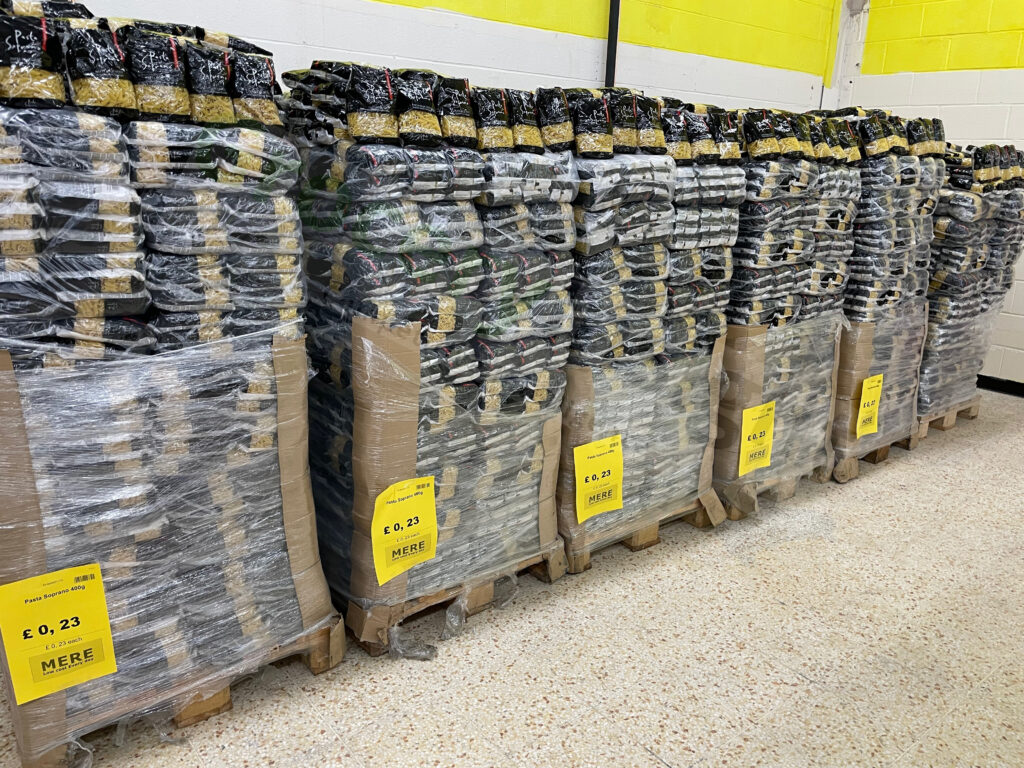
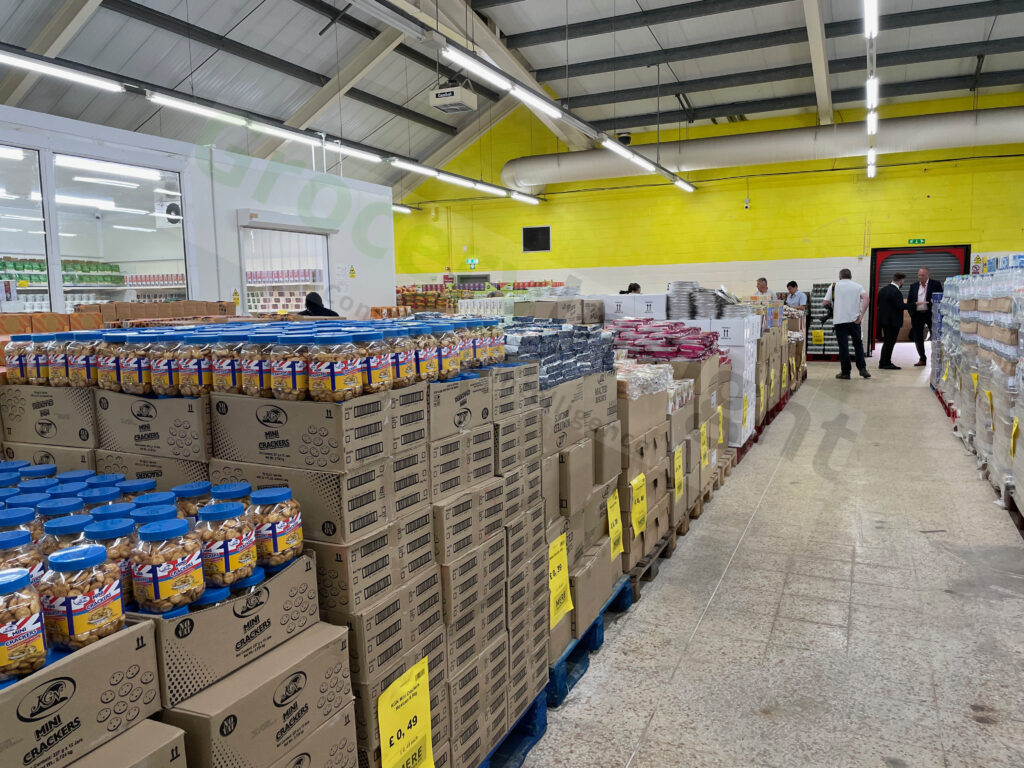
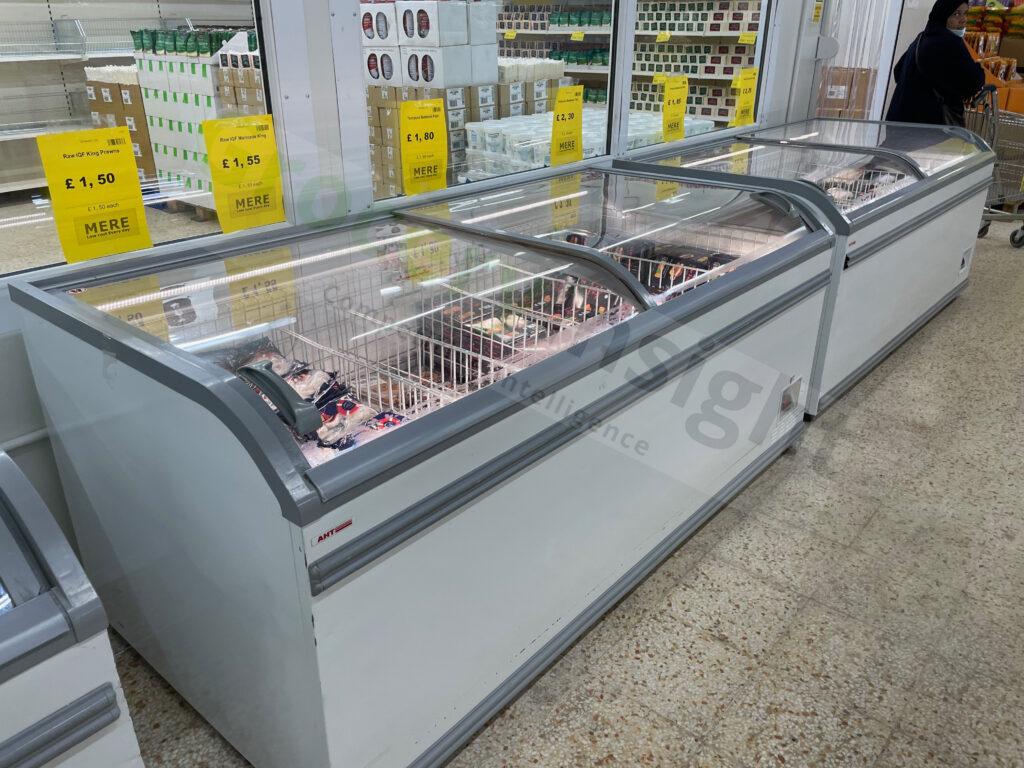
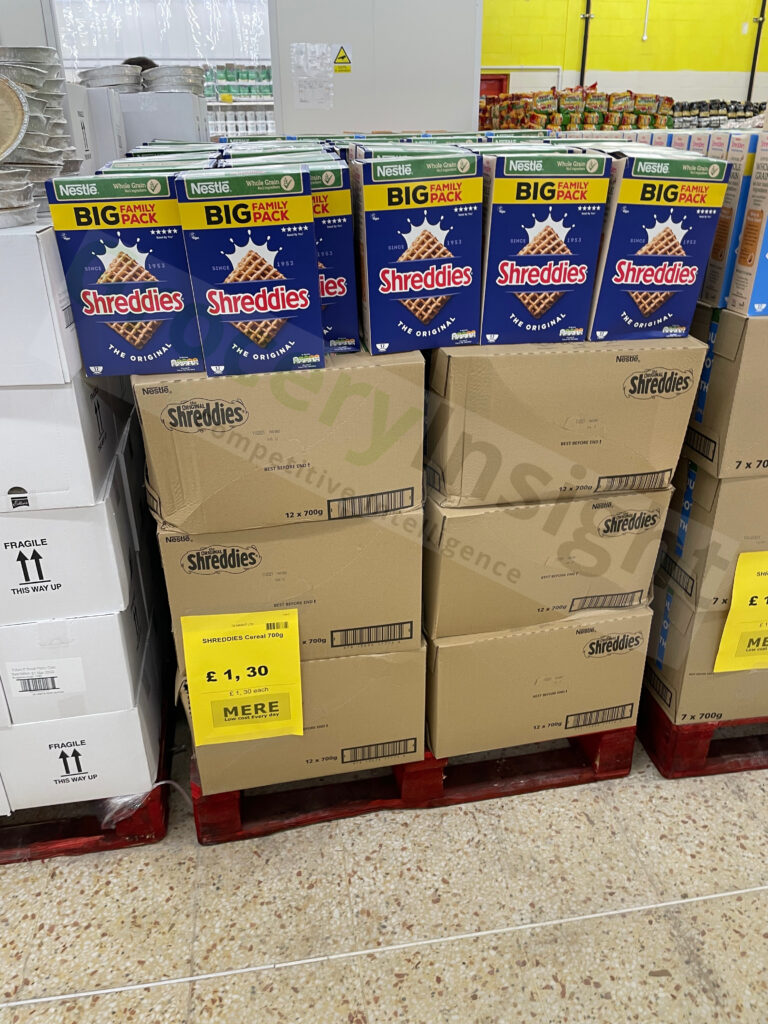
Notably Pasta was just 23p, however it was a 400g pack, as opposed to 500g elsewhere.
With other lines such as Fairy are always beloved by these operators. It was plentiful in B&M and Home Bargains when they were growing too, Shreddies and PG Tips in a similar envelope.
The wider store
There wasn’t a single piece of signage in store that wasn’t a printed A4 yellow sign with the price attached to a pallet.The only decoration was a yellow perimeter to the internals and there was no shelving, at all, bar in fresh foods, which was a walk in chiller.
Frozen was 3 freezers like you’d see in Iceland, albeit, 1 was closed off. The rest of it was a random mix of household, ambient and non-food with paper across the back wall……
More follows.
A further 500+ words and 15-20 images make up the rest of this note, which was distributed to subscribers earlier today.
Why not join them and get our retailing perspective, first, and fast, via email?
Join retail by email and benefit from our leading perspective, today.